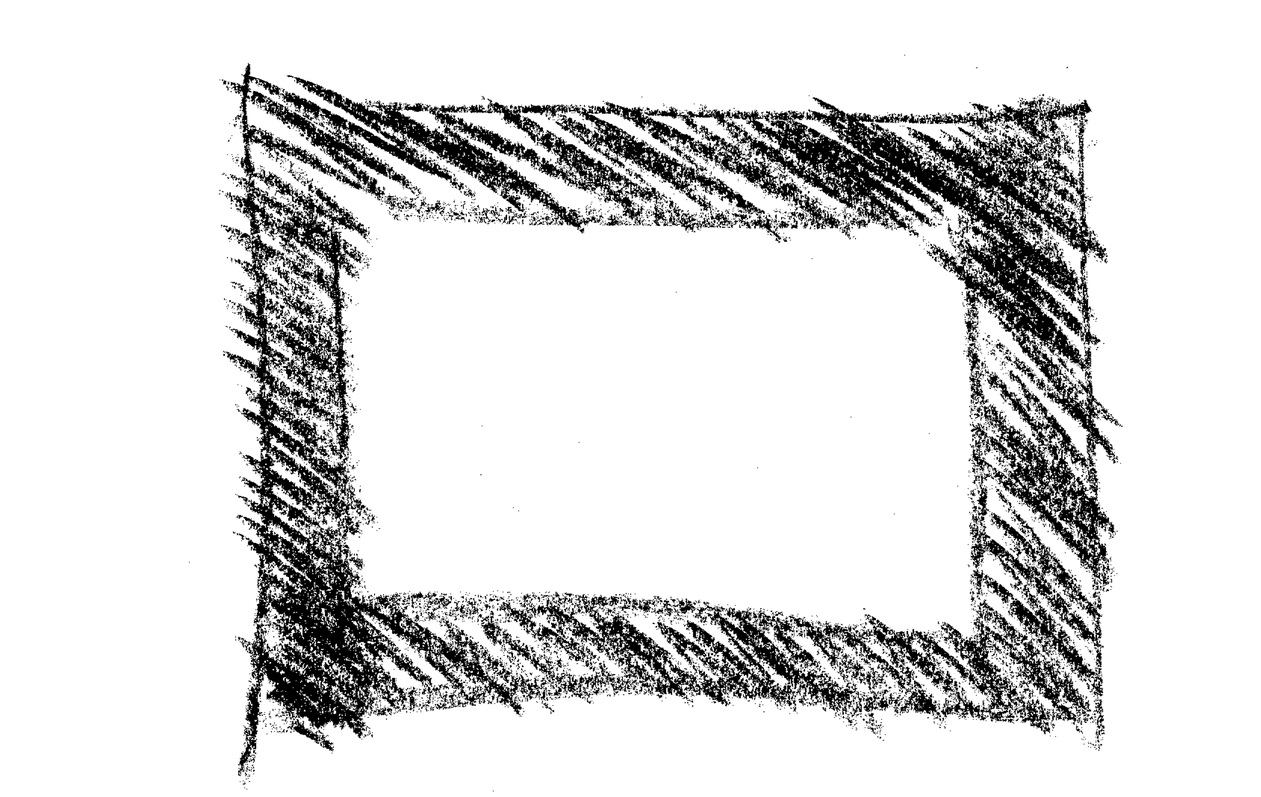Standard hatching styles for drawings
Contents |
[edit] Why is hatching used on drawings?
Hatching styles are patterns used on drawings for the easy identification and location of different types of commonly-used materials, objects and spaces.
Hatching can also be used as a form of shading - for example to indicate shadows.
[edit] How is hatching done?
Historically, hatches were drawn by hand, but the development of transfers, and then drawing software enabled considerable time savings on what was a very repetitive and time consuming task. Today, hatch commands can be used to fill a selected area or material with a standard hatching pattern almost instantly. For example, a bathroom can be tile-filled by selecting the relevant hatching style to indicate tiles, and applying it to the whole tiled area of the drawing. The use of parametric software allows common attributes to be attached to a number of similar elements, so that, for example, all tiled areas in a building can be hatched in one command, and changes can be applied throughout.
[edit] Examples of common hatching patterns
Some of the most common hatching styles are set out below. To make this list more comprehensive, click 'Edit this article' at the top of the page and add more.

|
Aggregate |

|
Blockwork wall |

|
Blockwork |

|
Brickwork |

|
English bond wall |

|
Garden bond wall |

|
Insulation |

|
Concrete |

|
Finewood |

|
Hardwood |

|
Plywood |

|
Glass |

|
Gravel |

|
Hardcore |

|
Paving |

|
Rubble |

|
Sand |

|
Stone |

|
Shingles |

|
Roofing tiles |

|
Floor tiles |
[edit] Related articles on Designing Buildings
Featured articles and news
The benefits of engaging with insulation manufacturers
When considering ground floor constructions.
Lighting Industry endorses Blueprint for Electrification
The Lighting Industry Association fully supports the ECA Blueprint as a timely, urgent call to action.
BSRIA Sentinel Clerk of Works Training Case Study
Strengthening expertise to enhance service delivery with integrated cutting-edge industry knowledge.
Impact report from the Supply Chain Sustainability School
Free sustainability skills, training and support delivered to thousands of UK companies to help cut carbon.
The Building Safety Forum at the Installershow 2025
With speakers confirmed for 24 June as part of Building Safety Week.
The UK’s largest air pollution campaign.
Future Homes Standard, now includes solar, but what else?
Will the new standard, due to in the Autumn, go far enough in terms of performance ?
BSRIA Briefing: Cleaner Air, Better tomorrow
A look back at issues relating to inside and outside air quality, discussed during the BSRIA briefing in 2023.
Restoring Abbotsford's hothouse
Bringing the writer Walter Scott's garden to life.
Reflections on the spending review with CIAT.
Retired firefighter cycles world to raise Grenfell funds
Leaving on 14 June 2025 Stephen will raise money for youth and schools through the Grenfell Foundation.
Key points for construction at a glance with industry reactions.
Functionality, visibility and sustainability
The simpler approach to specification.
Architects, architecture, buildings, and inspiration in film
The close ties between makers and the movies, with our long list of suggested viewing.
SELECT three-point plan for action issued to MSPs
Call for Scottish regulation, green skills and recognition of electrotechnical industry as part of a manifesto for Scottish Parliamentary elections.
UCEM becomes the University of the Built Environment
Major milestone in its 106-year history, follows recent merger with London School of Architecture (LSE).
Professional practical experience for Architects in training
The long process to transform the nature of education and professional practical experience in the Architecture profession following recent reports.
























Comments
[edit] To make a comment about this article, or to suggest changes, click 'Add a comment' above. Separate your comments from any existing comments by inserting a horizontal line.
Please add more hatching styles to this article to make it more comprehensive.